Creating An Effective Photography Portfolio
A portfolio is a tightly edited collection of photos. It can be presented online, or in hard copy, such as a book. It is not necessarily only your best photos (though the photos do all need to be good), but rather a set of photos that go together.
A good portfolio can help you attract new customers, or gain a foothold into a new genre of photography that you have little previous experience in. Whereas a bad portfolio can do just the opposite.
In this article we'll look at some tips for how to put together a good photography portfolio.
Why have a Photography Portfolio?
The main reason for a photography portfolio is if you are trying to sell your photography services. A potential client will want to see your work before they will hire you. They will want to check that you can produce good quality images in the style that they are looking for.
Your portfolio can be used to show them that you can indeed produce the sort of work they are wanting.
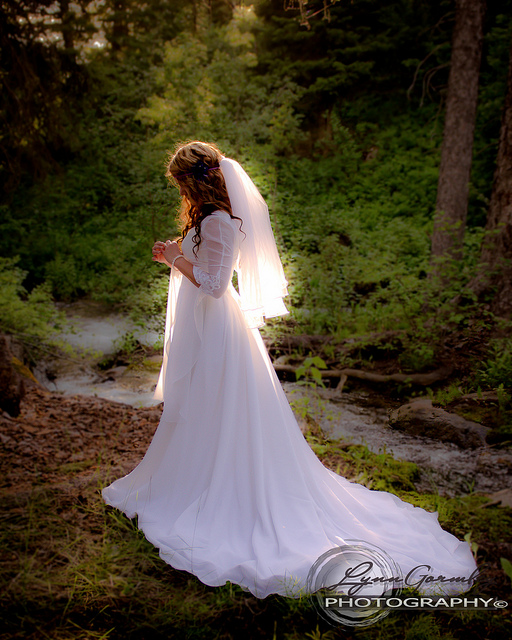
flickr-6832 by Lynn Gormley on Flickr (licensed CC-BY)
If you are looking to get some of your work exhibited in a gallery, a portfolio will also be very important. The gallery director will likely want to see a selection of your work, from which they may choose one or two images to accept.
Depending on the quality of your work, there is a very slight possibility that they may decide to give you an exhibition. If you only show the gallery one or two images you think would be suitable, then you may miss out on having any images accepted. Whereas with a portfolio of strong images, you stand a greater chance.
Lastly, even if you are not looking to get hired or to exhibit in a gallery, a portfolio can just be a great way to show off your work. Nearly all photographers like to share their work with others. A portfolio is a way to do this that presents a strong, cohesive collection of your photography, rather than just a random jumble.
Choosing the photos for your portfolio
The tailored portfolio
When choosing the images to display in your portfolio, it is very important to consider the purpose of the portfolio. If you are trying to get hired for a product photography job, then a portfolio of wedding, landscape, and nature photographs (even if they are all amazing photos) is not going to help you.
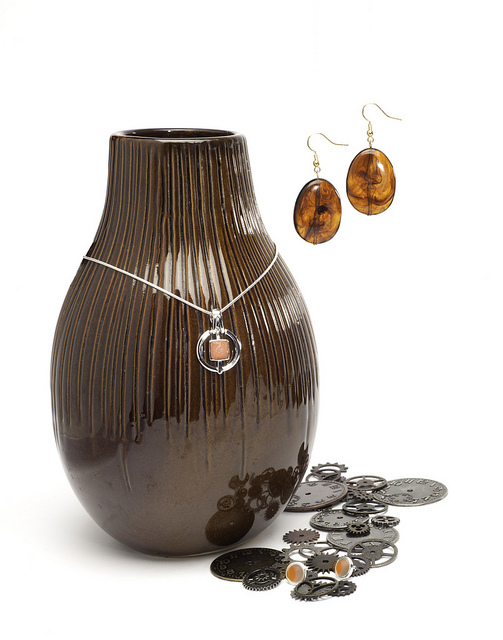
Vase-Necklace by airguy1988 on Flickr (licensed CC-BY-ND)
Try to get your portfolio as close to what the client / gallery is looking for as possible. For example, if the product photography job was for a catalog, then your portfolio should feature mainly catalog style photography.
You may be able to take great creative product photos, but what the client is really looking for is someone that can produce great catalog photos. Show them that you can produce exactly what they are wanting, and not just in one photo, but in multiple shots of a variety of products.
This might beg the question, how do you know what the client / gallery is looking for? The answer - simply ask them. With a gallery you can ask them about any upcoming exhibitions they have that they are considering submissions for, what the theme is, and what style of artwork they are looking for.
Checking current exhibitions, and the gallery's website is also a good way to get an idea of the sort of work they exhibit.
For potential commercial clients, look at the sort of photos they have used previously, or that their competitors are using. Definitely speak to the person in charge of hiring the photographer though, as they could be looking for photos that are a departure from the style they usually use.
The general portfolio
For a more general portfolio, such as a portfolio on your website, you can't know exactly what the people who view it will be looking for. In this instance it is best to include the sorts of work that you want to be hired for.
(In the same way, your portfolio when looking to get hired for a specific job should also be the sort of work you want to get hired for. If you find yourself having to include photos you don't like or enjoy taking in a portfolio just to meet what the potential client / gallery is looking for, then maybe they aren't the right client / gallery for you.)
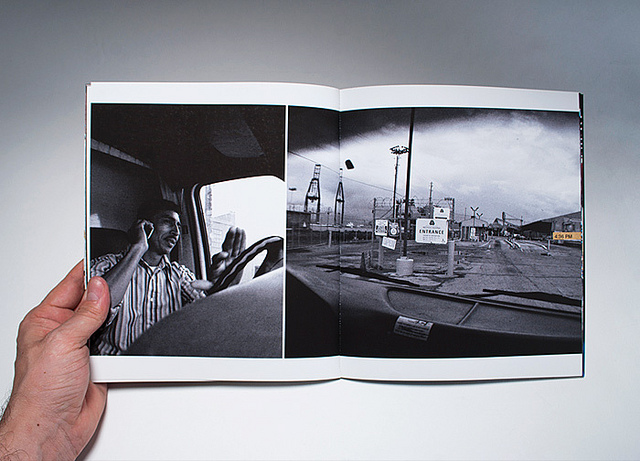
El Santo De Carton 3 by Victor Ramos on Flickr (licensed CC-BY)
Maybe you are looking to get into a new genre or style of photography, and so don't currently have any work to show for it that you can include in your portfolio. In this case you are best off spending some time (and possibly money) to take the sorts of photos you want to be hired for.
It could be a case of doing a shoot for a client at low cost, just so you can get example photos of what you can do. Or it could be the case of hiring a studio, lights, make-up artists, and models. It depends on the type of work you want to get hired for.
While there is the initial cost for building your portfolio in this way, it ensures that you are more likely to get hired for doing that same sort of work in the future. You need to think of it as an investment into your business.
Portfolio cohesiveness
The images you display in your portfolio must be cohesive. They don't necessarily need to all be on the same theme, but they need to work together. There needs to be a natural flow when looking through the portfolio.
If you have a landscape photo followed by a macro photo followed by a portrait photo, then your portfolio is unlikely to have the impact you would like. If you shoot a variety of styles, then it is better to have a variety of portfolios than all your shots lumped into one.

Might as well start an actual portfolio of my vaguely-related-to-party-planning efforts. Thanks for the awesome prints, @socialps! by Meaghan O'Malley on Flickr (licensed CC-BY)
For example, many photographers shoot Weddings, families, seniors, and portraits. By separating each of these out into their own portfolio a potential client can look at the portfolio that is relevant to them. This allows them to more easily focus on the work they are interested in. It can make you come across more as a specialist in several types of photography than someone that just shoots several different things.
However, you don't want to end up with a portfolio that just features shots of a single subject in a single location. (Actually that can work if the shots are different enough, but generally it's not a good idea).
A potential client wants to know that your work is consistent, and that you will be able to produce the same quality of work for them. If your portfolio only contains shots from a single shoot, then the client has no guarantee that that you'll be able to reproduce the results.
If your portfolio consists of images all taken in a similar location or in similar lighting conditions, then how does the client know whether you'll be able to cope with a different type of location or lighting conditions?
Answer: They don't. They'll probably pick some other photographer whose portfolio shows that they can handle a variety of locations or lighting conditions instead.
So, make sure that the images you choose for your portfolio work well together. But also ensure they show the range of situations and subjects you can work with.
Whittling down the selection
A good portfolio should typically contain around 15-30 images. They must all be good quality images that you are proud to show off. It is better to have a small portfolio of excellent images than a larger one with a mix of excellent and mediocre.
When trying to choose the photos for your portfolio, it can often be useful to have a second set of eyes on your images. Asking someone else to review your images can help in removing any biases you have about your own images.
You may have an emotional attachment to an image, or see something in an image that others don't. Having a third party help choose the images removes (or at least partially mitigates) this problem.
If you do get someone else to help choose the images, then try to get someone who matches the profile of who the portfolio is aimed at. Having a portfolio review by the editor of a wedding magazine is not going to be very helpful if you are trying to build a portfolio of landscape photos to submit to galleries.
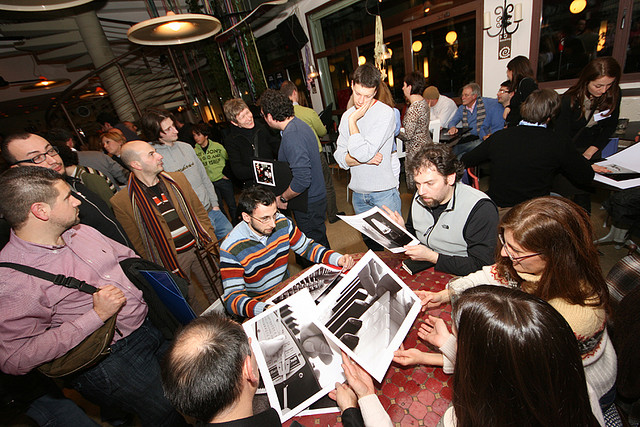
lettura portfolio feb 09 by Carla Cinelli on Flickr (licensed CC-BY)
You can often find people offering portfolio reviews at photography trade shows. Your local camera club may even have a guest to offer them every once in a while. These reviews do typically cost money, but they can give you valuable feedback from an expert (and sometimes potential client) in your field.
Printed or Digital?
Traditionally the photographer's portfolio was always a bound set of prints, however today digital portfolios are much more popular. Depending on your target market, it can often be worth having both a digital and printed portfolio.
Printed Portfolios
The obvious disadvantages of a hard copy portfolio are the cost in producing it and that you have to physically get it to someone in order for them to see it. However, many people prefer looking at a printed image than one on a screen.
A well made, professionally produced portfolio also reflects on you and your work. If you are having a printed portfolio produced, make sure that you use a high quality cover, and ensure the prints are good quality too.
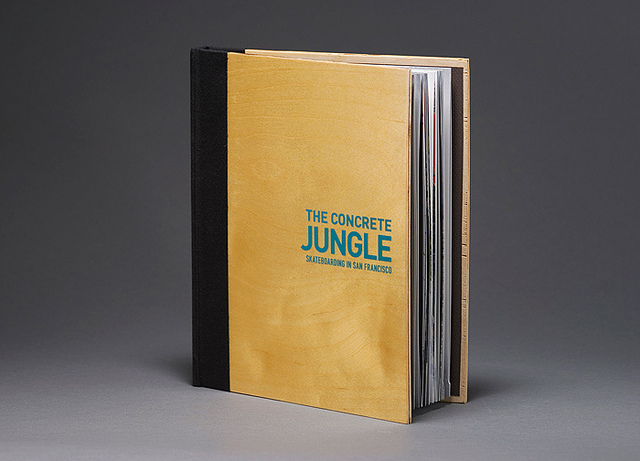
Concrete Jungle 1 by Victor Ramos on Flickr (licensed CC-BY)
A printed portfolio can show that you are serious about your work. It takes time, effort, and money to produce a good quality hard copy portfolio, and most people will appreciate this.
If you are a portrait photographer and sell albums of prints to your clients, then it is a good idea to have your portfolio produced in the same way.
That way potential clients get to see not only the quality of your photos, but also the quality of the products you offer. They will be more likely to want to order an album of their prints having seen the physical example than if you had just shown them your portfolio on a tablet. (Of course you will need to make sure you mention that the album is one of the products you can provide).
Digital Portfolios
A web based portfolio can be a great way of finding new clients that you are not actively prospecting for. Anyone can find your website, look at your portfolio, and see if you are producing the type of photography they are looking for.
Having an online portfolio also allows you to include the web address in any advertisements. You won't have much room (if any) for including examples of your work in an advertisement. And depending on the medium, any images included may not look that great (e.g. in newspaper ads).
But by having an online portfolio, then anyone reading the advert can have a look at your full portfolio without much trouble.
You may also want to consider having a PDF form of your portfolio created. This allows more control over layout than most web based portfolio galleries. It gives more of a feeling of a digital book than a web page. You can also place restrictions on the printing of the document, which you can't do with a web page.
Finally, you may want to have your portfolio stored as images on your phone or tablet. This can be a low cost way of showing off a portfolio to someone, with the added benefit that you are more likely to carry it around with you than a printed portfolio.
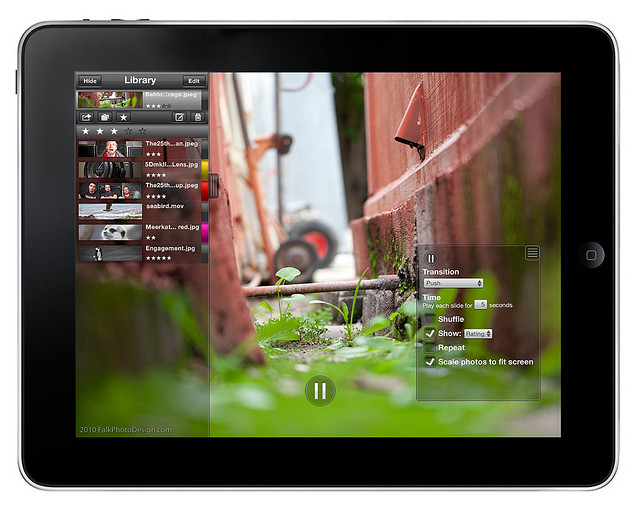
• GalleryPro • for iPad - 'teaser' by Kevin Falk on Flickr (licensed CC-BY-ND)
You might strike up a conversation with someone, and then discover they could be a potential client. If you have your portfolio with you on your phone, you can show them your images there and then. Whereas if you only gave them your business card or web address they are more likely to put it aside for later then forget about it.
Keeping your Portfolio fresh
It is important to keep your portfolio updated. If you show a potential client / gallery your portfolio but are turned down, then a year later you contact them again with the same portfolio, it is unlikely to work. It will look like you haven't shot any new work since the last time you contacted them.
So, keeping your portfolio fresh is essential. As well as showing that you can produce good work of a similar style on a consistent basis, it also ensures that the portfolio reflects your current style and skills.
Most photographers find that their style does gradually change over time. This is especially true if you are relatively new to photography, or even if you are just new to a certain genre of photography. Making sure your portfolio is current means that clients can be sure they will get work that matches the work in your portfolio.

FOLHA FRESCA (Fresh leaf) by Jônatas Cunha on Flickr (licensed CC-BY-SA)
In terms of a printed portfolio, this means that a binder / folder of prints is often preferable to a specially produced book. You can easily remove older prints and add in more recent shots, something you can't do with a book.
I would only suggest updating a printed portfolio when you are intending to show it to someone. If you are not showing your printed portfolio off regularly, there is little point updating it often. Prints might be added to the album and then replaced by more recent prints, without anyone ever seeing them.
A digital portfolio is much easier to keep up to date, since you can just swap out old images with new ones.
With both print and digital portfolios, make sure that you are still keeping a united feel to the portfolio. When a portfolio has been updated several times, it can be easy for it to become disjointed.
Make sure you review (and possibly have others review) your portfolio on a regular basis. You want to keep it fresh, but you also want to ensure all the work is of a high standard and meshes together well as a set of images.
Portfolio design
For a printed portfolio, it should be somewhere around the size of an average magazine or coffee table book. (After all, many photography coffee table books are essentially large portfolios).
The materials the portfolio is produced from is really up to you, but do avoid anything that looks cheap and tacky. You may decide to go for a leather bound cover, or a metal cover. So long as it looks professional I wouldn't agonize too much over the choice.
You may decide to go for full-bleed photos, or photos surrounded by a large border. This design choice applies to both digital and printed portfolios. There is really no right or wrong here either.
Do be aware of what the client may want though. For example, say your portfolio is aimed towards a gallery. And the gallery displays its images in frames with a large mat around the picture. In this case you may want to include a large amount of whitespace around the images in your portfolio. It gives the gallery director a better idea of what the images will look like when on display.
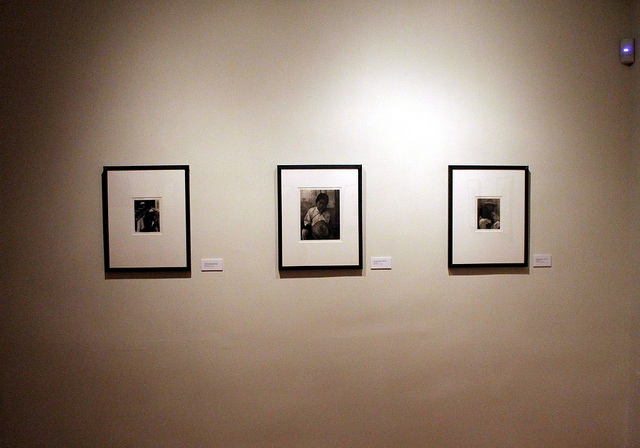
24a.LucesYSombras.MexicanCulturalInstitute.WDC.9November2012 by Elvert Barnes on Flickr (licensed CC-BY-SA)
Many portfolios include only images with no text, other than perhaps an artist's statement at the back or front. However, there is nothing wrong with including a small amount of text with each image, such as a title, or the location and date of the image, or the client's name the photo was taken for. (If you have previously taken photos for a large / famous client, this can help your credibility).
If you do include text, make sure you keep it small. You want the focus to be on the images, not on the text.
I hope this article has given you some good tips for creating an effective portfolio. Do you have a portfolio at the moment? Or is there the portfolio of another photographer you particularly like? Feel free to share a link in the comments below.
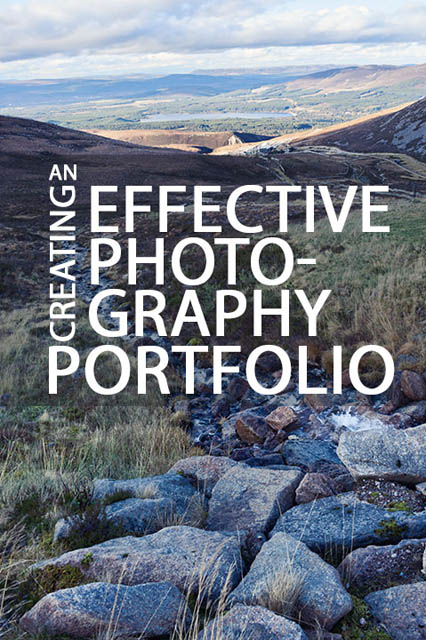





Hey I’m submitting my finals assignments now